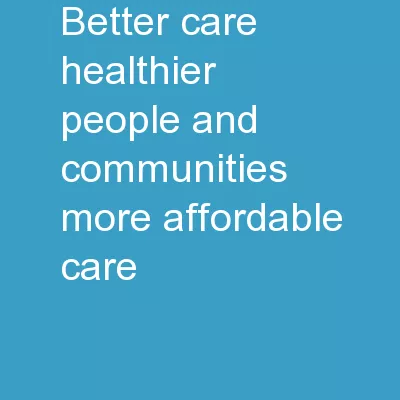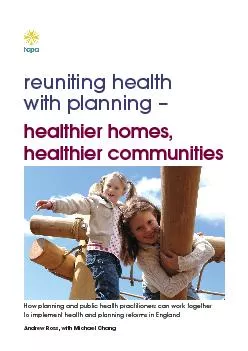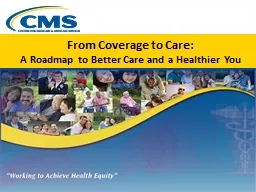PPT-Better Care, Healthier People and Communities, More Affordable Care:
Author : olivia-moreira | Published Date : 2018-11-21
5 Years of the National Quality Strategy May 17 2016 Housekeeping Submit technical questions via chat If you lose your Internet connection reconnect using the
Presentation Embed Code
Download Presentation
Download Presentation The PPT/PDF document "Better Care, Healthier People and Commu..." is the property of its rightful owner. Permission is granted to download and print the materials on this website for personal, non-commercial use only, and to display it on your personal computer provided you do not modify the materials and that you retain all copyright notices contained in the materials. By downloading content from our website, you accept the terms of this agreement.
Better Care, Healthier People and Communities, More Affordable Care:: Transcript
Download Rules Of Document
"Better Care, Healthier People and Communities, More Affordable Care:"The content belongs to its owner. You may download and print it for personal use, without modification, and keep all copyright notices. By downloading, you agree to these terms.
Related Documents














